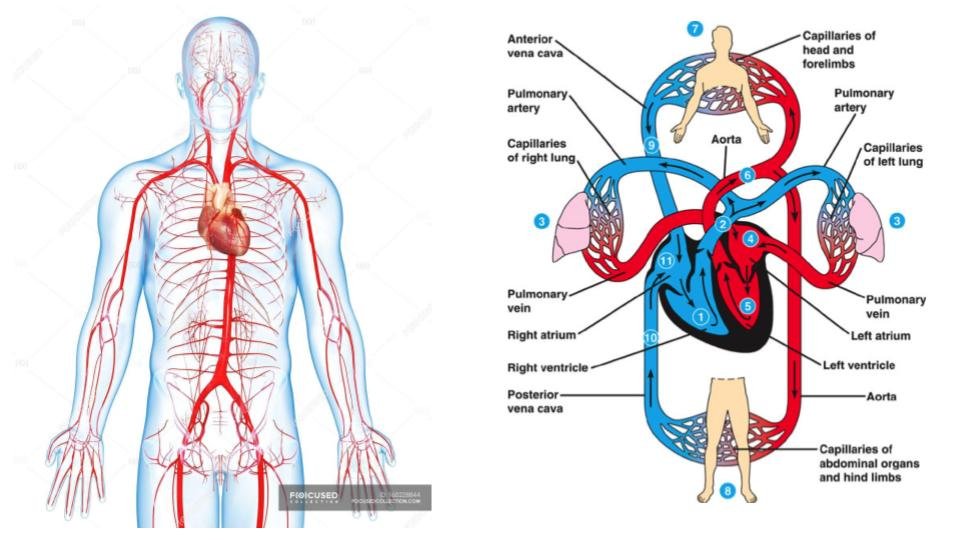The cardiovascular system, comprising the heart, blood, and a complex network of arteries, veins, and capillaries, is often likened to a highly efficient transportation system within the body. This analogy stems from its vital role in transporting essential nutrients, gases, and waste products to and from cells and organs, ensuring the maintenance of homeostasis and the overall health of the organism.
At the heart of this system is the heart itself, a muscular organ that acts as a pump to circulate blood throughout the body. With each heartbeat, it propels blood through a vast network of blood vessels, reaching every cell and tissue. This circulation process is indispensable for delivering oxygen and nutrients to cells, necessary for energy production, growth, and repair. Similarly, the cardiovascular system is responsible for removing carbon dioxide and metabolic wastes from cells, preventing their accumul ation and potential toxic effects.
ation and potential toxic effects.
Blood, the primary transport medium of this system, is a complex fluid composed of plasma, red blood cells, white blood cells, and platelets. Each component has a specific function that contributes to the system’s overall efficiency. Red blood cells, for instance, are equipped with hemoglobin, a protein that binds to oxygen in the lungs and releases it to tissues in need. This is crucial for aerobic respiration, a process by which cells generate energy. White blood cells, on the other hand, are involved in defending the body against infections, while platelets play a key role in blood clotting, preventing excessive bleeding when vessels are damaged.
The cardiovascular system also plays a pivotal role in regulating the body’s internal environment. It aids in maintaining temperature homeostasis through the distribution of heat produced by metabolic activities and facilitates the hormonal regulation of various physiological processes. For example, hormones produced by endocrine glands are transported in the bloodstream to target organs, where they elicit specific responses.
Moreover, the adaptive nature of this transportation system is evident in its response to the changing needs of the body. During physical activity, for instance, the heart rate increases to boost blood flow to muscles, supplying them with more oxygen and nutrients while removing carbon dioxide and lactic acid more efficiently. This dynamic adjustment ensures that the body’s demands are met under varying conditions.
In conclusion, the cardiovascular system’s intricate design and multifaceted functions underscore its significance as the body’s transportation system. By facilitating the continuous and controlled movement of substances essential for survival, it not only sustains life but also supports an organism’s ability to adapt to internal and external changes. Through this remarkable system, the body maintains its delicate balance, highlighting the incredible complexity and efficiency of biological systems.

Leave a Reply